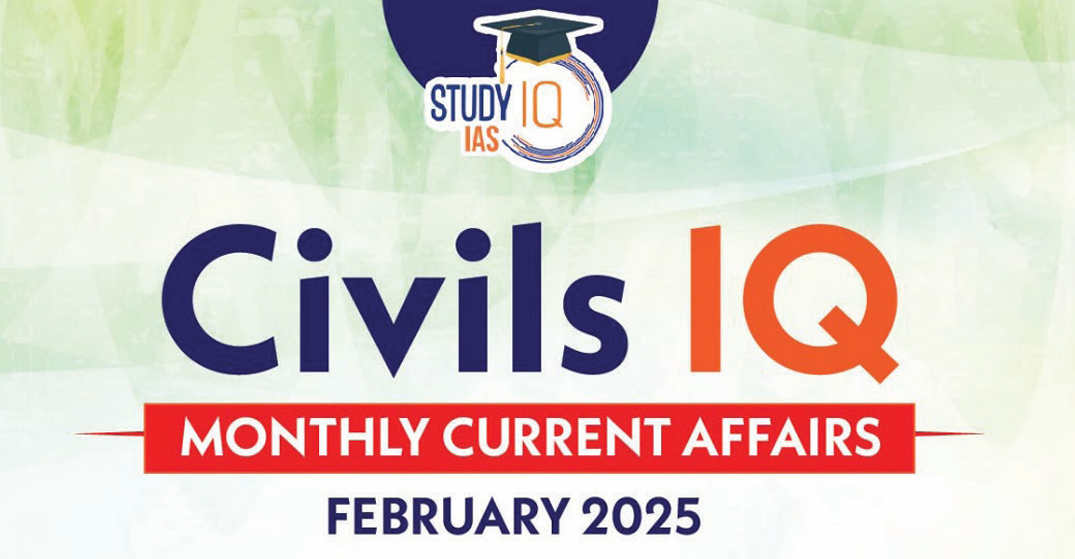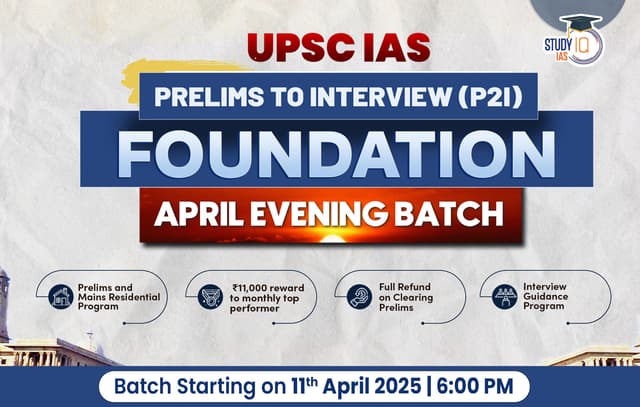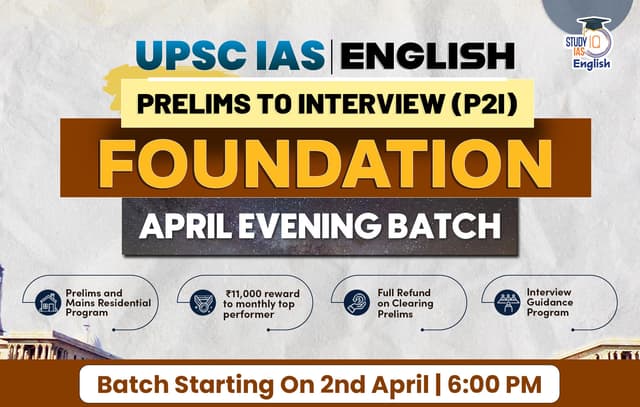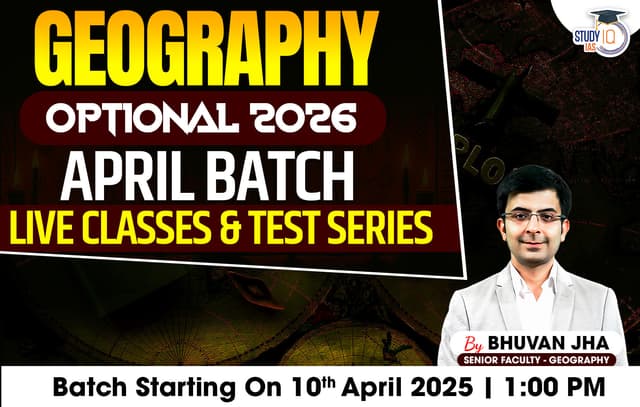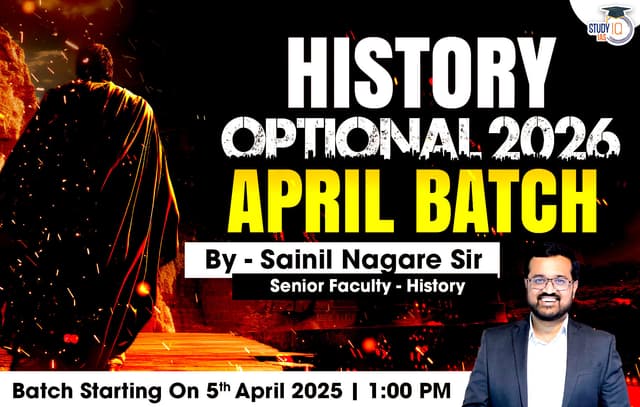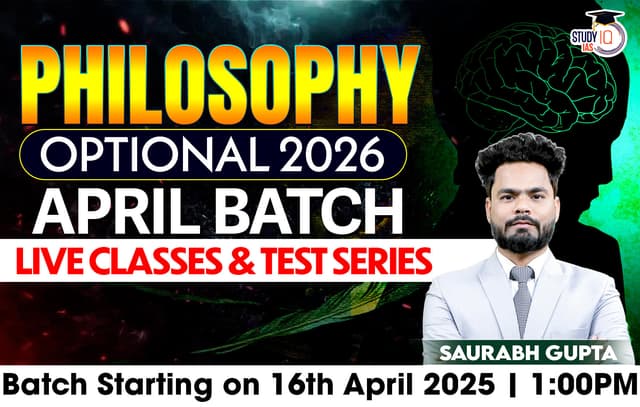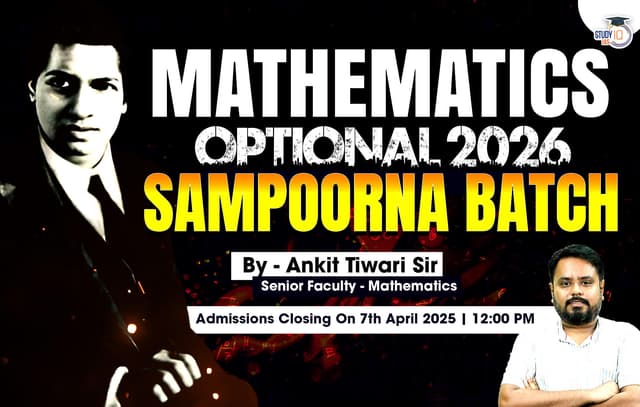Table of Contents
Context: Technology has revolutionized education but its full potential remains untapped for the underprivileged.
What is Equitable Education?
Equitable Education is a system designed to provide fair access, opportunities, and resources to all learners, no matter their background, socioeconomic status, gender, disability, or location. In contrast to equal education, which offers the same resources to everyone, equitable education emphasizes addressing individual needs to help every student reach their full potential.
How Technology Helped in Education
Increased Access to Learning Materials
- Smartphones became a primary tool for education during the COVID-19 pandemic, facilitating access to texts, worksheets, and videos as substitutes for traditional textbooks.
- Virtual training sessions for teachers and students became common.
Wider Smartphone Penetration in Rural India
- In 2018, 36% of rural households had smartphones, which increased to 84% by 2024 (ASER 2024).
- More children now own personal smartphones, enhancing individual access to digital education.
Overcoming Language Barriers
AI-powered tools now allow dictation, writing, and translation in local languages, making digital learning more inclusive.
Potential for Community-Based Learning
Broadcast learning programs, piloted in Maharashtra during the pandemic, showed group learning models can be effective, even in remote villages.
Support for Mothers’ Education
A large number of mothers (40%) have very low schooling, but digital learning offers opportunities for their education, enabling them to support their children’s learning.
Challenges of Equitable Education
Digital Divide
- While smartphone penetration has increased, internet access and affordability remain barriers, especially in rural and low-income households.
- Device sharing within families limits personalized learning opportunities.
Quality vs. Access
- Enrolment rates have surged, but learning outcomes remain poor (ASER reports).
- Mere access to schools or digital tools does not guarantee quality education.
Language and Content Gaps
- While AI-driven translation has improved, many educational resources are still in English or urban-centric languages, making them less useful for rural learners.
Teacher Training and Integration of Technology
- Many teachers lack the digital skills to integrate technology effectively into the classroom.
- Traditional teaching methods remain dominant, limiting the impact of digital learning.
Gender Gap in Education
- Lower smartphone ownership among mothers and girls restricts access to online learning opportunities.
- Societal norms and early marriages further disrupt female education.
Economic Constraints
- Private schools and paid digital learning platforms widen the gap between privileged and underprivileged students.
- Lack of affordable digital education solutions for low-income families.
Standardization vs. Local Needs
- National or global curricula often overlook regional and local educational needs.
- AI-driven education must adapt to cultural and contextual
Profit-Driven Technological Innovations
- Most ed-tech solutions are profit-driven, limiting accessibility for marginalized communities.
- Philanthropic investments in public digital education are insufficient to bridge this gap.
Way Forward
- Improve digital infrastructure in rural areas.
- Localize content to ensure cultural relevance.
- Train teachers to use technology effectively.
- Promote free and open-source educational platforms.
- Support female education with targeted policies and digital access programs.
Conclusion
To avoid becoming a technological colony of the US or China, India must rapidly build self-reliant AI capabilities. By focusing on hardware independence, open-source AI, sovereign models, and policy influence, India can secure its place as a global AI leader. The AI revolution is happening now, and India must lead, not follow.

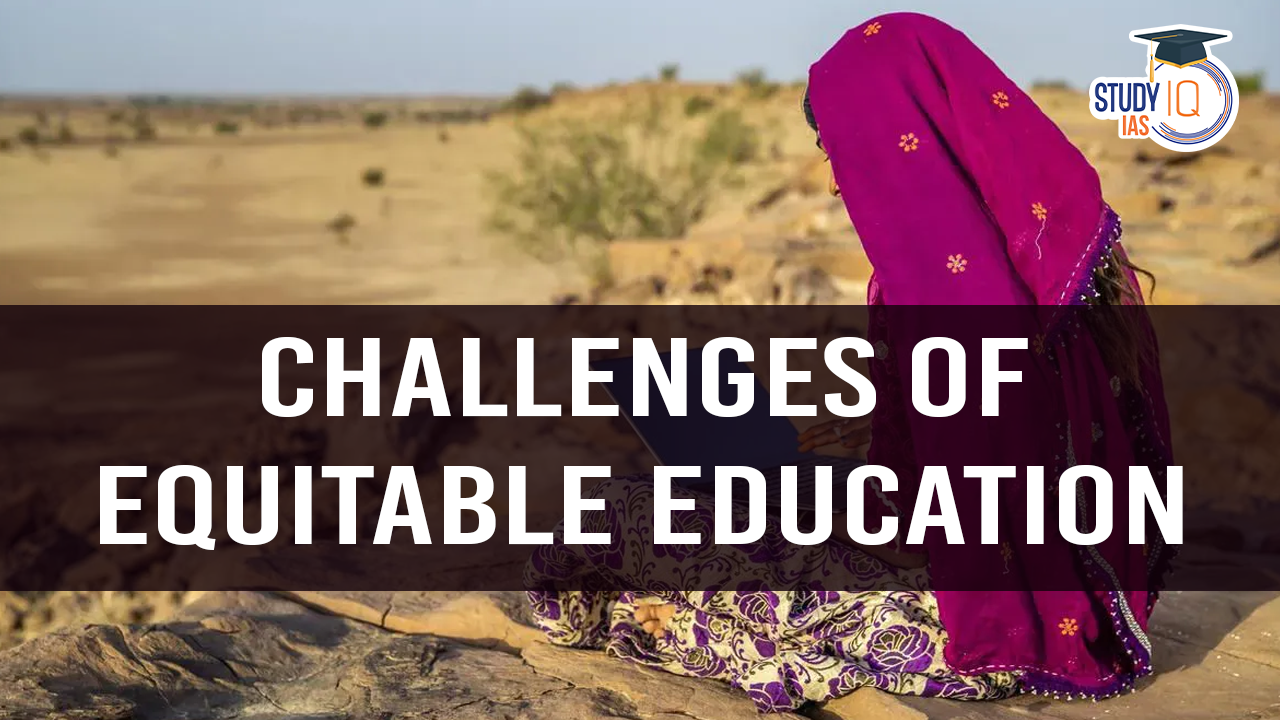
 Vitamin D Deficiency: Causes, Symptoms a...
Vitamin D Deficiency: Causes, Symptoms a...
 GAURAV: Long Range Glide Bomb (LRGB)
GAURAV: Long Range Glide Bomb (LRGB)
 Gestational Diabetes Mellitus (GDM), Cau...
Gestational Diabetes Mellitus (GDM), Cau...
